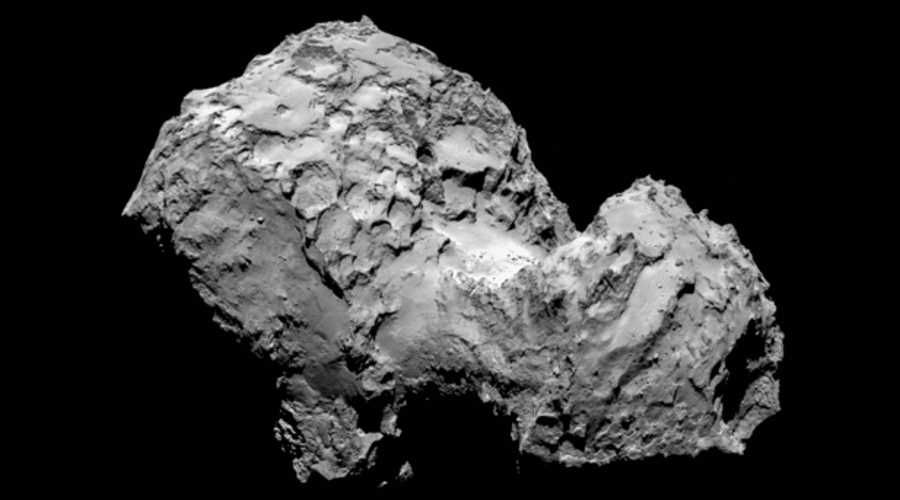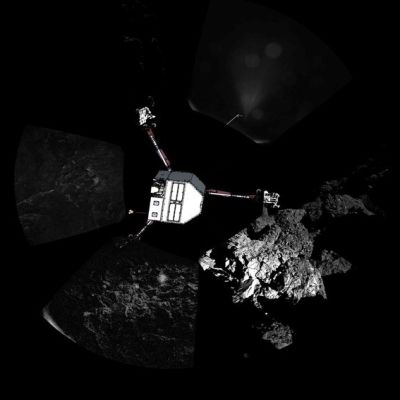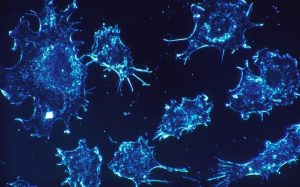
Rosetta mission at crucial stage. Philae landed
After 10 years of chasing Comet 67/P Churyumov-Gersimenko, the Rosetta probe has released the Philae lander, which settled safely, albeit with some adventures, on the comet. The first data and images of the comet began to flow to the flight control center of the European Space Agency (ESA).
12 November will go down in history as the day thatóThe first time humanity has placed a lander with research instruments on a comet. Confirmation of the landing reached Earth at 17:03, although it actually took place póhours earlier. This is due to the distance, because the comet is currently located at about 510 millionóin a kilometerófrom our planet.
Philae’s hard landing
Landing Philae on a comet was not easy. According to ESA, the lander bounced off the comet’s surface twice before settling on it. The harpoons did not work properly either, whichóto anchor the research instrument to the surface. As a result, Philae is not in a place whereóThe scientists assumed the landing, which will make it difficult to carry out the intended research. Nevertheless, researchers are satisfied with the mission so far. Philae was not seriously damaged despite a hard landing. It stands firm on the comet, but unfortunately not on all its legs.

First panoramic photo of a comet with a schematic of the lander plotted on it Photo. ESA/ Rosetta/ Philae/ CIVA
Problems with the landing can also opóto begin research. The place whereóPhilae’s current location does not receive enough sunlight, which will make it difficult for the lander to generate energy. Its batteries will last for about 60 hours. Researchers assumed that it would be móto draw energy from the sun on a regular basis.
Scientists from the ESA have announced that due to these limitations, it will be taken próthat Philae has changed its location. If the lander fails, the battery will run outóThe comet will be put into hibernation until it changes its position in relation to the Sun.
Poles also have theirój participation in the Rosetta mission
The mission involves róAlso Poles. In addition to the Oscar-nominated za „Chair” twórca filmóanimated by Tomasz Bagiński, whichóThe film was directed by króIn 2013, the scientists visited a former Soviet bunker, in which they found the Rosetta missionóThey also used the MUPUS research device, whichóry was installed on the Philae lander.
The instrument was constructed by scientists from the Space Research Centre of the Polish. MUPUS is a set of sensors whichów, któto measure the mechanical and thermal properties of the comet.
Rosetta mission
The Rosetta mission was launched in 2004. It is carried out as part of the Horizon 2000 space exploration programme conducted by ESA since 1984. Its goal is to conduct research, whichówhich will help to understand the secrets of the Solar System.
The cost of the mission, including the construction of the probe, lander, research tools, launch costs and operational costs amounted to about 1.4 billion euros.

